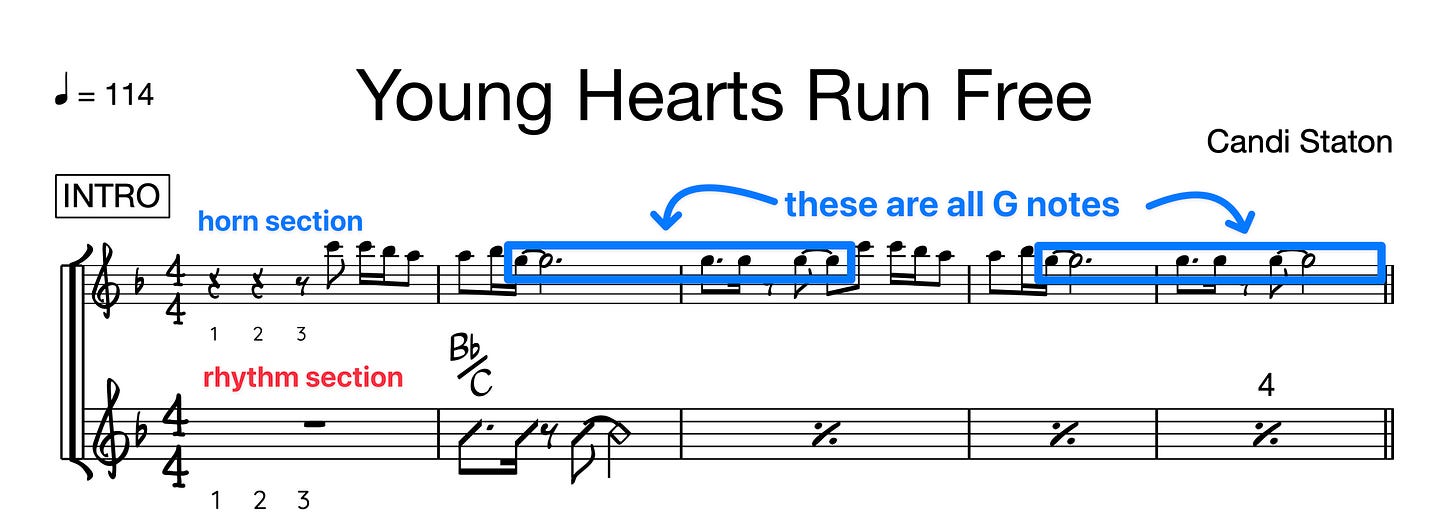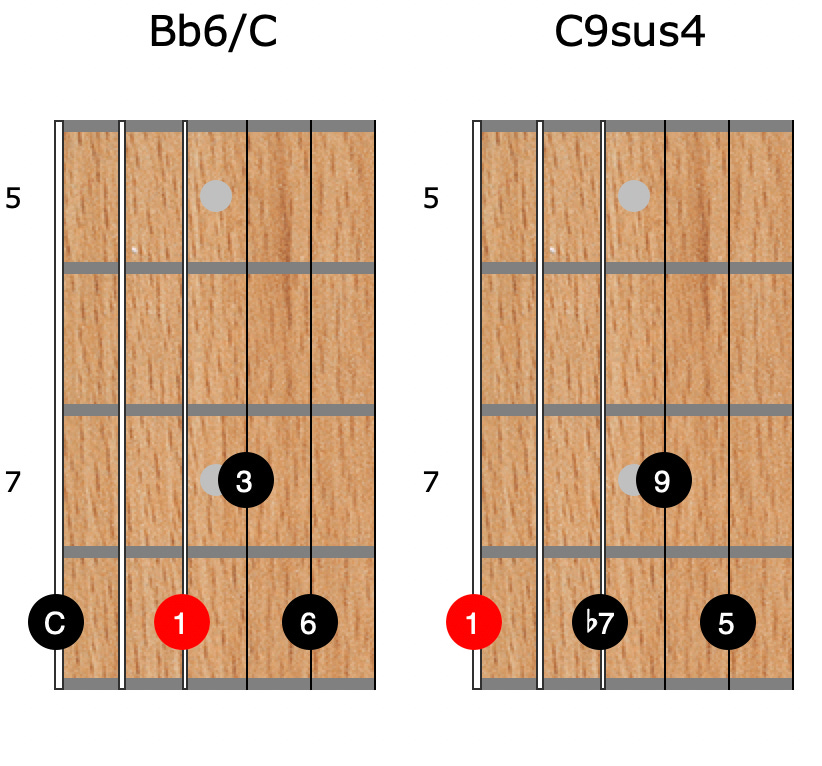RIFFS
In poker, they call it “table selection.”
It’s not enough to play the cards right. You want to play your opponent right. And that starts with identifying the table with all the “fish”—the people who are out of their depths.
You win more (and bigger) by choosing the right fights.
It’s in the business world too.
Let’s say you’re starting a mobile pizza truck. Yes, the quality of the pizza you serve matters. But not nearly as much as where (and when) you park it.
You’ll sell more pizza outside the bar at closing time than the next morning before church.
For your band or solo show, table selection = repertoire.
Yes, it’s best to have a great singer. Yes, the band is only as good as its drummer. Yes, sound quality matters.
But the song selection matters most.
I like to think of it as a Venn diagram.
In one circle are all the songs you love. In the other circle are all the songs that people want to hear. Sure, you can (sometimes) teach people to love a song they didn’t before.
But for the most part, choose songs in the overlap.
RECS
This song came on the other day, and I was immediately struck by two things:
damn, this song kicks ass
how have I never heard it before?!?!?
CHARTS
This link takes you to a Dropbox folder with:
a PDF
the Sibelius file, and
a musicXML file…
…for Young Hearts Run Free.
SMARTS
1 - the key
We’re in the key of F.
At their simplest, the chords are fairly common—I, IV, V, & vi.
But instead of reaching for basic triads, we have some more inspired choices.
2 - the V chord
For example, we never play a C or C7 chord.
That’s unusual, because C is the expected dominant in the key of F.
Instead, we play this Bb/C:
You can think of it as the IV chord over the V chord’s root:
But you could also think of it as a C9sus4 chord:

3 - chords are global
It’s easy to forget that a chord is the sum every instrument’s notes.
While the rhythm section isn’t playing the note G, the horns are:
So you could argue that it’s really a Bb6/C…
…but you could make a stronger case that it’s the 5 in C9sus4:
4 - written to be readable
So if the case for C9sus4 is stronger, why write it as B♭/C?
My preference is to write it in the simplest, most glance-able format.
B♭ up top for chordal instruments
C for the bass player (and the piano player’s left hand)
(and the horns are gonna play exactly what you write for them)
5 - here’s that 6 chord again
Last week we saw the 6 chord at the end of The Beatles’ Help!
Here we’re using Bb6 almost as passing chord between Bb and Bbmaj7.
The top voice moves from 5 to 6 to 7 back to 6:















